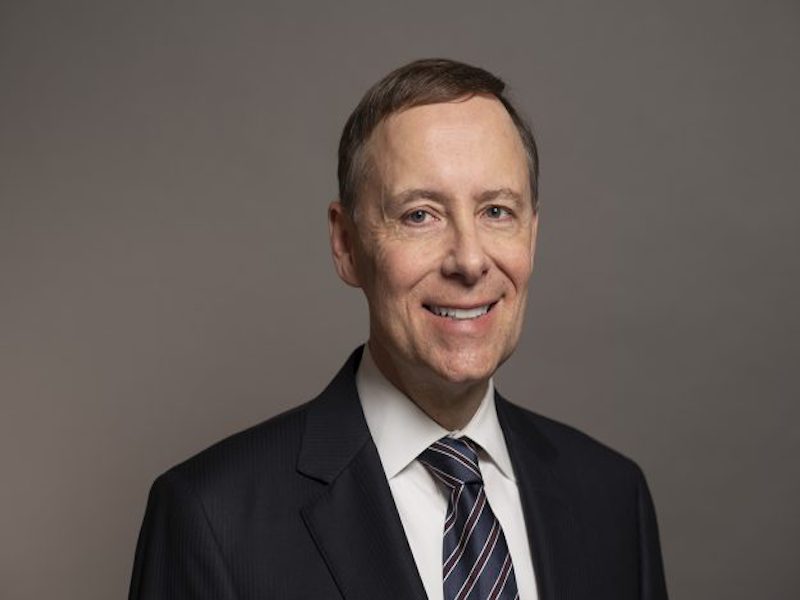
The Healthcare of Ontario Pension Plan is well-known for its liability-driven investing strategy, which helped it successfully weather the 2008 financial crisis.
During the coronavirus fallout, in an era of historically low interest rates, the HOOPP is working on developing LDI 2.0. “We’re very focused on liabilities, but what you do when interest rates are at really extreme lows, in our view, is different than what we did in the past,” said Jeff Wendling, the plan’s president and chief executive officer, during Benefits Canada and the Canadian Investment Review‘s 2020 Plan Sponsor Week in mid-August.
In 2006 and 2007, the HOOPP had very large fixed income holdings, he said. “We’ve ridden those fixed income positions all the way down to these lows [in yields] here now and that’s worked out very well for the fund. But at this point, we think fixed income assets provide minimal returns going forward. So that’s a big challenge for us.”
Read: HOOPP names veteran Jeff Wendling new president and CEO
For instance, he noted, fixed income assets don’t hedge the plan’s liabilities as well as they did when yields were higher nor do they provide the same kind of diversification benefits. “We’re really looking right now at what we need to do, or what we can do differently, to generate the returns that we need and manage the risk appropriately.”
Of late, the biggest change the HOOPP has made is implementing an infrastructure program. “That is underway now and I think that will be one of the assets that we’ll use to provide a replacement to some of the returns that we’re looking to get out of the fixed income assets. And I think it provides some hedging benefits as well, whether it’s to inflation or to a decline in rates,” said Wendling.
In addition to infrastructure, the HOOPP has launched an insurance-linked securities program. And although the pension plan has historically been largely internally managed, it’s selectively starting an external manager program focused primarily on hedge fund managers. “We’re looking at other sources of return — types of other return that we need that we’re not going to get from those fixed income assets. Infrastructure is a big part of it. There are many other assets there. I think, at the end of the day, we will also own more equities than we have for the last number of years.”
Read: Jim Keohane reflects on his HOOPP career, LDI strategy
The pension fund is also changing the mix of its bond portfolio and is looking at diversifying its international exposure to find higher yields, he said.
While Wendling said he believes deflation is a risk, it’s not the plan’s base scenario. “Our primary scenario is that we’re in a low inflation period of time, a low interest rate period of time for a number of years and then we think you may get inflation at some point after that.”
That said, he noted the risk of deflation is why the HOOPP doesn’t want a zero nominal bond portfolio weighting. “We’re going to have significant exposures there and that would actually help us in a deflationary scenario. Those are assets that are very important for liquidity purposes for a fund like HOOPP as well.”
Read: HOOPP ready to weather market volatility after strong performance in 2019: CEO
In addition to looking at generating required returns in a low interest environment, Wendling said the HOOPP is also focused on ensuring the fund continues to manage risks well as it grows larger and more complex. “We’re looking at new risk systems to bring into HOOPP, new tools on the risk side and we’re actually going to be hiring our first-ever chief risk officer.”
Of note, the HOOPP entered the coronavirus crisis with a very strong funded position and remains fully funded today.
All of the 2020 Plan Sponsor Week sessions are available on-demand at benefitscanada.com/webinars.
